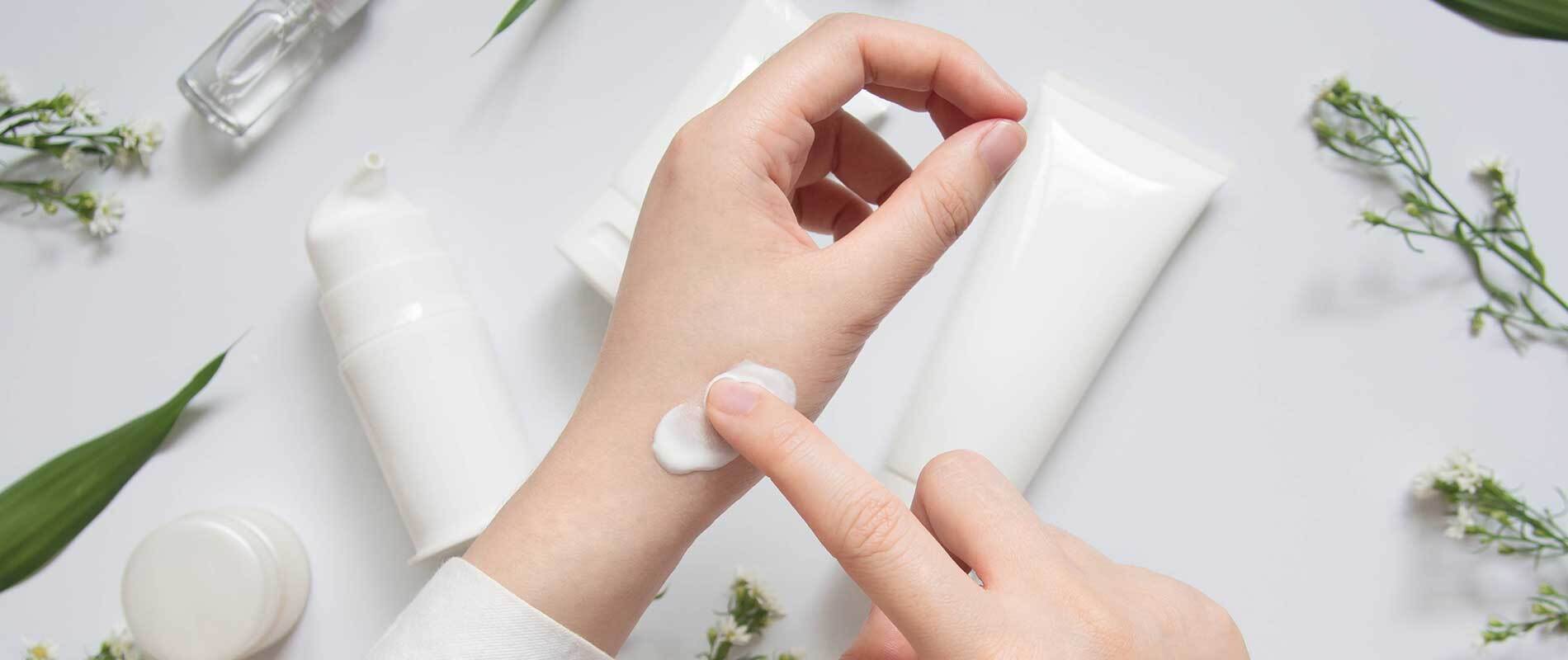What is a Patch Test | Why is Patch Testing Important | How To Do A Patch Test | Patch Test for Skincare Products | Patch Test for Hair Products | Conclusion | FAQs
Hey there, savvy skincare and haircare enthusiasts! We’re about to spill the beans on a super important step in your beauty routine: patch testing! Yep, it’s like the magical crystal ball that reveals if a product will make your skin go “Ooh, la la!” or “Oh, no, no!” So buckle up and get ready to learn how to do a patch test, complete with our expert guide.
What is a Patch Test?
A patch test involves applying a small amount of a product to a specific area of the skin to observe any potential reactions. It is typically performed on a small patch of skin, such as the inner forearm or behind the ear. The purpose of the test is to assess the compatibility of a product with an individual’s skin before applying it more extensively. We can say, patch testing is like a first date, but for your skin and hair. It’s clearly a little trial run to see if they’ll hit it off or if it’s a recipe for disaster. We definitely don’t want any surprise breakups happening on your face or scalp, right?
Why is Patch Testing Important?
Patch testing is crucial for several reasons:
- Identification of Allergies or Sensitivities:
Some individuals may have allergies or sensitivities owing to certain ingredients commonly found in skincare products. By conducting a patch test, you can identify any potential adverse reactions, hence avoid subjecting your entire face or body to the product.
- Prevention of Skin Irritations:
Certain products may contain irritants that can cause redness, itching, swelling, or other discomfort. Therefore patch testing helps you determine if a product is likely to cause such irritations and allows you to make an informed decision about its usage.
- Customized Skincare Approach:
Everyone’s skin is unique, and what works for one person may not work for another. Patch testing enables you to personalize your skincare routine by selecting products that are well-suited to your specific skin type and needs.
How To Do A Patch Test?
Now, let’s delve into the nitty-gritties of patch tests and learn how you can successfully conduct a patch test to determine whether the product is good for your skin or not?
Patch Test for Skincare Products
- To perform a patch test for face products or skincare items, follow these steps:
- Choose a small, discreet area on your face, such as behind the ear or along the jawline.
- Cleanse and dry the area thoroughly.
- Apply a small amount of the product to the patch test area.
- Gently massage or pat the product into the skin.
- Leave the product on for 24 to 48 hours without washing or rubbing the area.
- Monitor the patch test area for any signs of redness, itching, swelling, or irritation.
- If you experience any negative reactions, discontinue use of the product.
Patch Test for Hair Products
For hair products, including dyes, treatments, or styling products, here’s how you can perform a patch test:
- Choose a small section of your scalp, preferably at the back of your head.
- Part your hair to expose the scalp.
- Apply a small amount of the product to the patch test area.
- Gently massage or spread the product into the scalp.
- Leave the product on for 24 to 48 hours without washing or rinsing the area.
- Monitor the patch test area for any signs of redness, itching, swelling, or irritation.
- If you experience any negative reactions, avoid using the product on your entire scalp.
Conclusion
Patch testing is like having a safety net for your skin and hair. It’s all about finding the perfect match and avoiding any potential drama. By patch testing, you can certainly dodge those unpleasant reactions and keep your skin and hair feeling loved and pampered. Remember, you’re worth the extra effort!
FAQs

Priyanka Khurana Goyal is a prominent Indian figure renowned for her diverse accomplishments and contributions across various fields.. Read more


